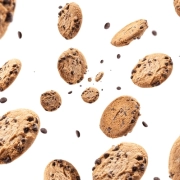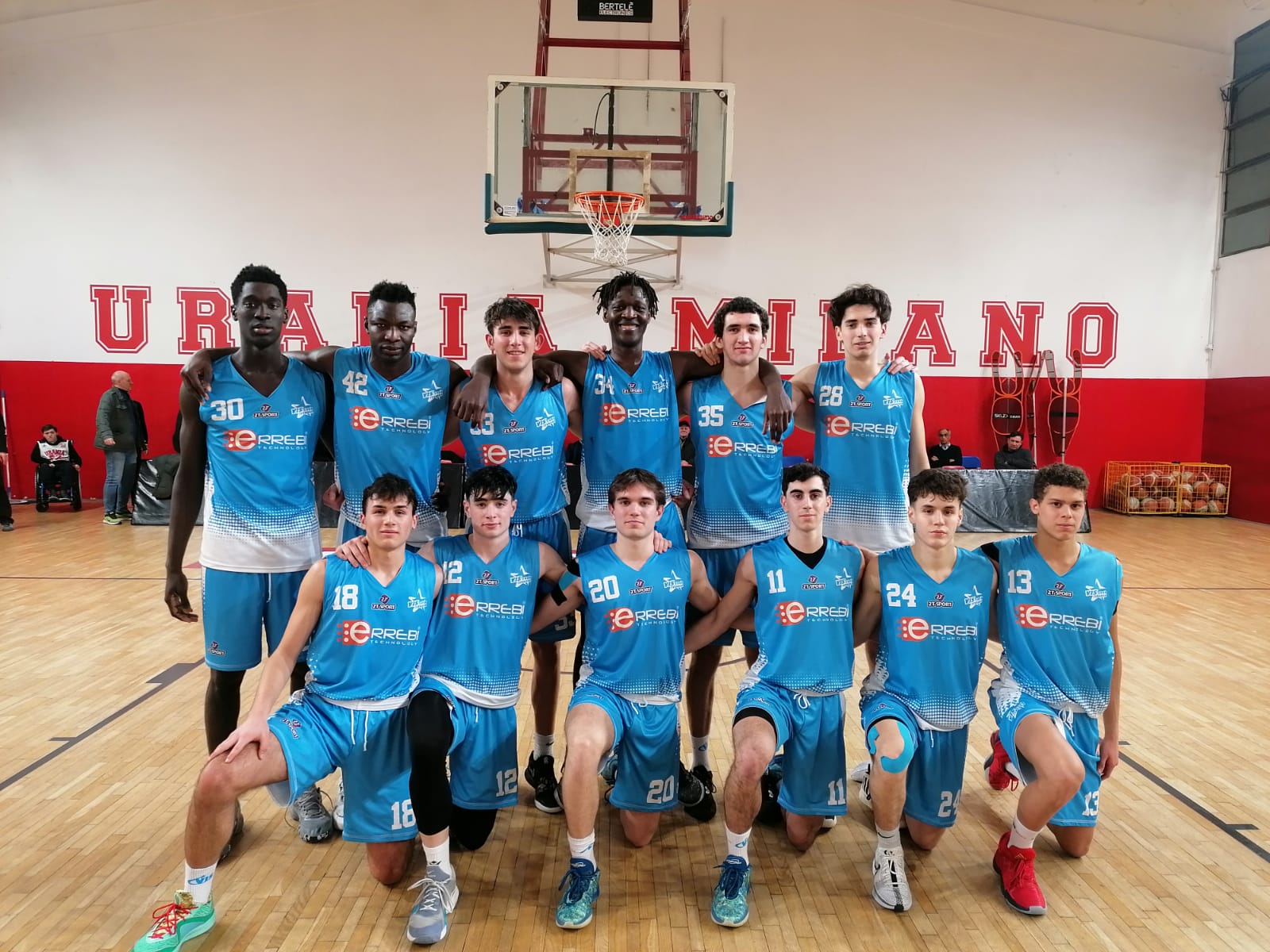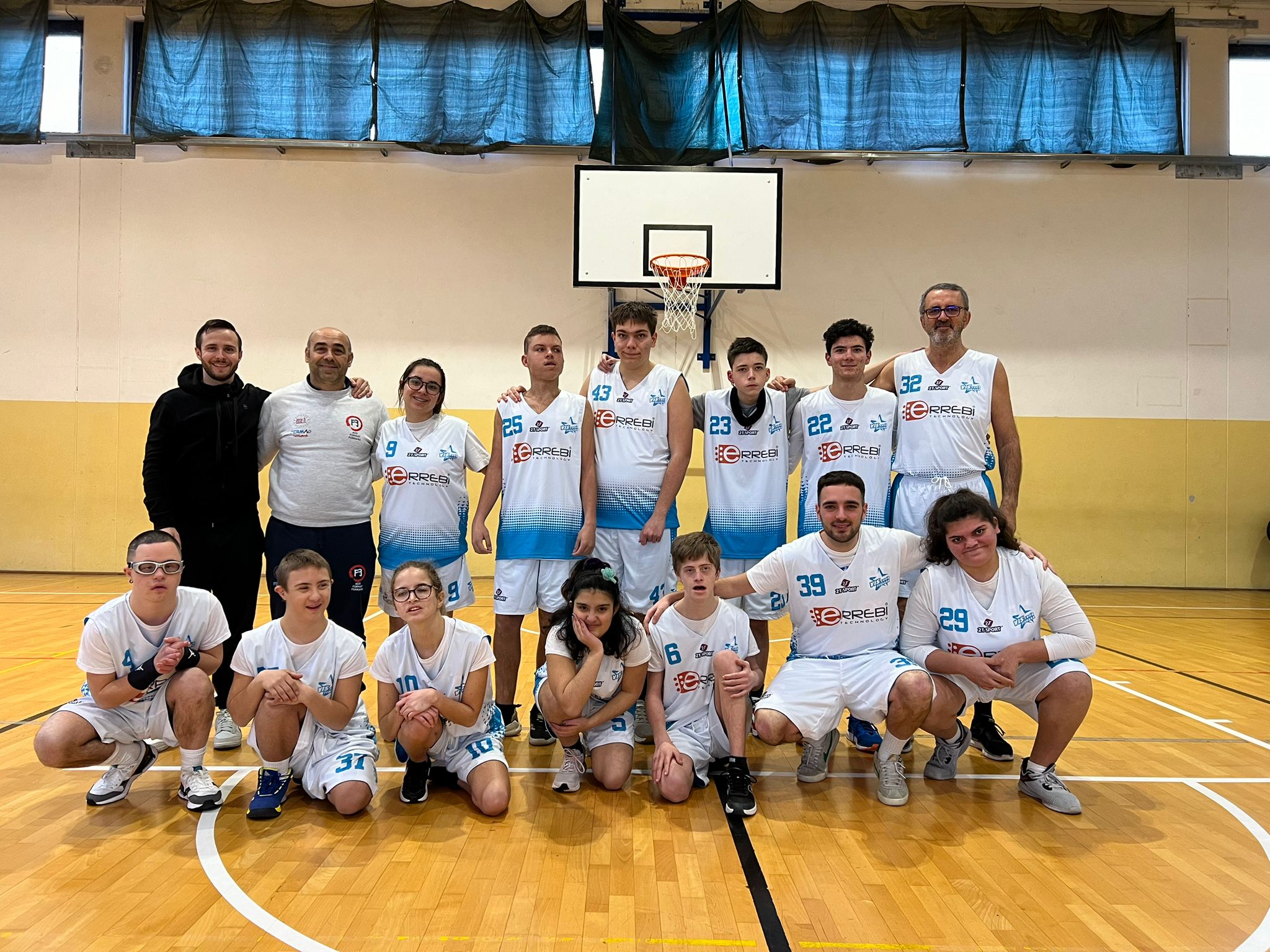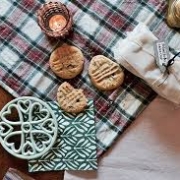ARTIFICIAL INTELLIGENCE AND…. COOKIES?!?!?!?
The table where the marketing managers sat to define the flavors and shapes of the new cookies is empty. In their place, a computer is processing the new recipe with new flavours and new shapes and designs created through artificial intelligence. Level of sweetness, crunchiness, shapes and designs which can attract the attention of consumers… Once the project has been developed, the results are transmitted to the digital systems of Errebi Technology Spa, where, in place of the team of long experience and tradition, there is a robotics system ready to process the final roller…
Science fiction? Yes, but not that much… And read like this, these few imagined lines present us with a rather sterile world… that human dimension that has always characterized creativity is missing.
As often happens, man coins words or expressions linked to new inventions. In this period, the so-called Artificial Intelligence has become very topical, that is, that set of systems designed by man at the software/hardware level that act, interpret and elaborate projects on the basis of acquired data, then deciding the best actions to take to achieve a given objective.
And up to this point, everything would sound like total progress that makes our lives more comfortable. But we also have to deal with the risks of manipulation of public opinion and the control and alignment of values, not to mention the risk in terms of employment if men were increasingly replaced by machines.
Of course, as in everything, we must be able to recognize the merits and limits of innovations. How much progress or regression can they bring to man? A.I. certainly plays an important role in the production of biscuits, allowing to standardize the creation of a product made with “living” raw materials such as flour and yeast, which can vary during the process. Therefore, in this case, the help of technology is essential to guarantee the quality and homogeneity of the biscuit.
But there are limits to respect. The creation of a biscuit, from the idea of taste, flavour to the design of the shape, would be better left to the sensitivity of man, the ultimate recipient of such a product. Man remains irreplaceable for professionalism and creativity, for enthusiasm and sensitivity, indispensable qualities in sectors where creative space is fundamental. We must therefore know how to manage the future that the innovation of artificial intelligence is putting in front of us, without providing standard and undifferentiated solutions.
And we at Errebi Technology Spa, are always looking to the future to make the most of what technological innovations put in front of us (especially in terms of materials and constructions), but our gaze also goes towards tradition that plays a fundamental role in arriving at the creation of a product with a long history such as the biscuit.
















